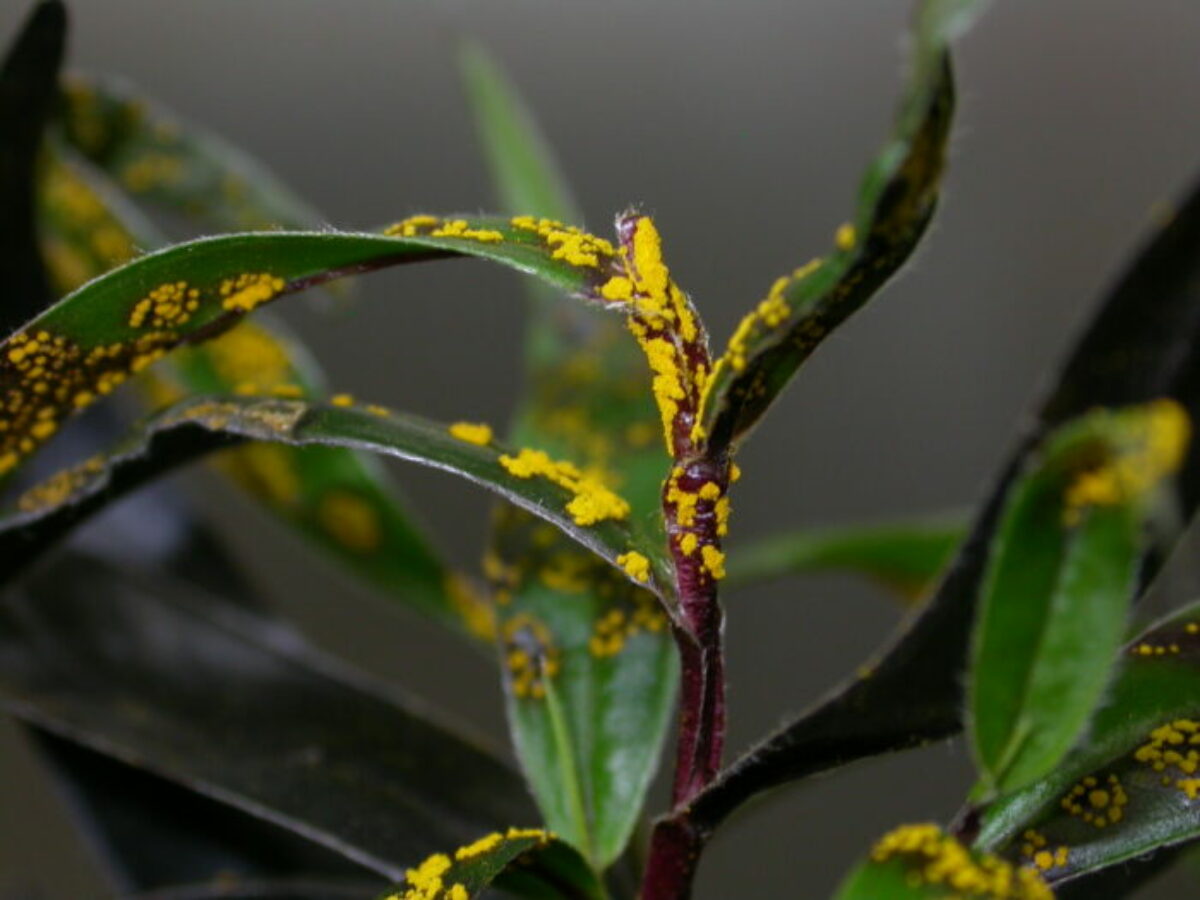UQ team develops potential prevention and cure for invasive fungal disease in plants

New research from a University of Queensland team published in Communications Biology shows a promising treatment for myrtle rust, using engineered RNA and applied to crops through an environmentally-friendly spray.
According to a statement from UQ, Mitter Lab researchers Professor Neena Mitter, PhD candidate Rebecca Degnan and Dr Anne Sawyer found that both infection in healthy trees could be prevented and plants up to two weeks post-infection recovered after being treated with their double stranded RNA.
“It’s significant because our previous studies didn’t have that curative aspect, so being able to apply a treatment after infection gives it more potential,” said Degnan in a statement on Wednesday..
Sawyer said myrtle rust, an invasive fungal disease, was detected in NSW in 2010 and had since become a problem for Myrtaceae species including eucalypts, lilly pilly and paperbark.
A Business Queensland listing for the disease describes it as threatening “nursery and garden, forestry and tea tree oil production industries, as well as natural ecosystems” and unable to be eradicated “as it produces thousands of spores that are easily spread by wind, human activity and animals.”
Myrtle rust has spread all the way up the east coast and into the Northern Territory, as well as Western Australia and even to New Zealand, said Sawyer.
She added that 16 species of east coast rainforest trees are “facing extinction” due to the problem.
“The symptoms of infection range from leaf spots of yellow fungal spores through to death of the tree, even large old trees.”
Dr Sawyer said field trials were the next step for the RNA were the next step for the team.
“We’ve only done short term experiments up to six weeks after infection, so now we want to test the spray’s longevity,” she said.
“We also want to see whether the plants are protected from a second infection and if the RNA can protect new growth after the leaves are sprayed.”
Picture: credit Western Australian department of primary industries
@aumanufacturing Sections
Analysis and Commentary Awards Defence Manufacturing News Podcast Technology Videos










